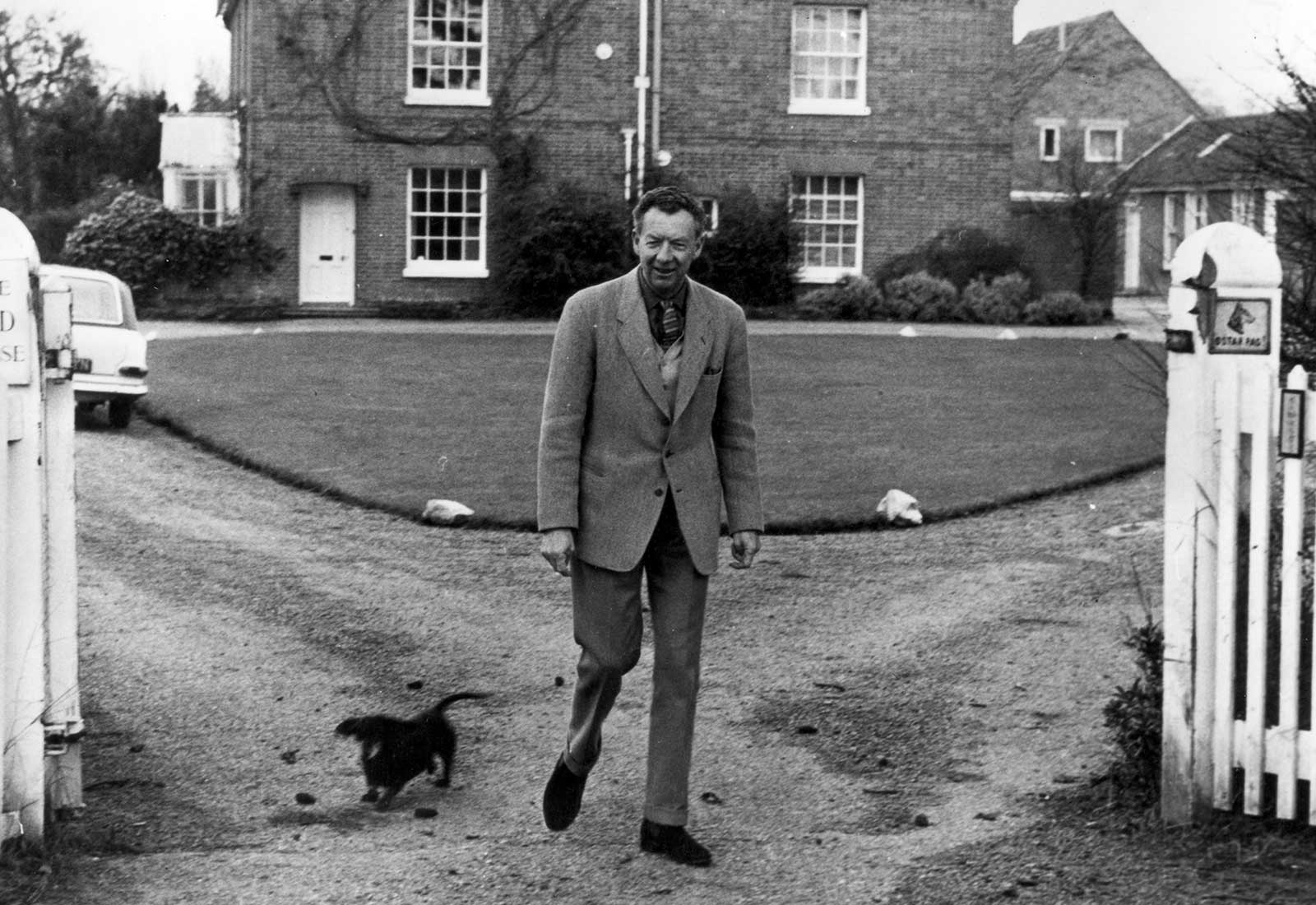
Kelvingrove Art Gallery and Museum is aiming to improve engagement with a new image recognition app that uses collections data to tell a greater story
Whether you consider smartphones a blight or a blessing to the experience of roaming the halls of your favourite galleries, one thing is for sure – the experience has changed. And you’re faced with a choice: turn your face from the selfies and the smartphone wielding masses or embrace it.
One person for whom embracing technology is all part of the day job is Tracey MacDonald, Digital Curator at Glasgow Museums. It is Tracey’s job to champion and support digital initiatives, finding new ways to reach users with creative and informative digital content.
One such initiative that Tracey is currently working on is a trial of an app at Kelvingrove Art Gallery and Museum, in Glasgow. The app uses image recognition technology so that, when visitors hold up their smartphone camera to a piece of artwork, they are presented with information about that work, pulled from the Kelvingrove’s Axiell collections database.
“For us, it’s another way to provide further information about the paintings. Museum labels have a limit on the amount of words there can be, so there is only so much which can go on those. Many paintings have fascinating stories relating to the location, the painter, the medium, the sitter, or even relating to how a painting got to be in a museum collection.”
Kelvingrove Art Gallery and Museum, which opened in 1901, is a vast and stunning red sandstone building in heart of Glasgow’s West End. It has 22 galleries, containing works from the Old Masters, French Impressionists to Dali’s Christ of Saint John of the Cross; in addition to natural history, antiquities, textiles and more.
Throughout its history, the Kelvingrove has always been a huge draw, especially since reopening in 2006, following a three-year refurbishment. It is now one of Scotland’s most popular attractions and this is in part down to its willingness to innovate and engage audiences in ways that suit them.
“The app plays into mobile users’ habits of using cameras on their phones while visiting museums. It can target teen and millennial audiences, as well as super-interested audiences who are seeking more information. Users can create their own collections of favourite artworks and remember their stories.”
Axiell’s CMS and web publishing tool manage and present data in a way that is easily accessible. This allows third party apps to reuse collections data simply and without development on the collections database. In this case, information gathered from the database includes: artist, title, date, size and description.
Glasgow Museums have made 140,500 object records and 53,000 digital images available online through MWeb. The collections website is always updating, with new object records getting added every day. Once online, Tracey and her team can pull this data into the app.
Yet, as with any collections management project, success is heavily dependent on collection data being up to scratch.
“Over the past few years Glasgow Museums’ Documentation team have been working with our subject curators to improve our collection records, updating these with more information and new research. In addition to this, the launch of our new collections website has meant that many of our objects now have fuller online descriptions.”
But has the project proved a success?
“So far we’ve had good stats, with an average of 1368 scans per month since we started in July 2018. It has been interesting to see what paintings visitors have been scanning and this has changed month to month, although The Glasgow Boys gallery seems to be most popular!”




